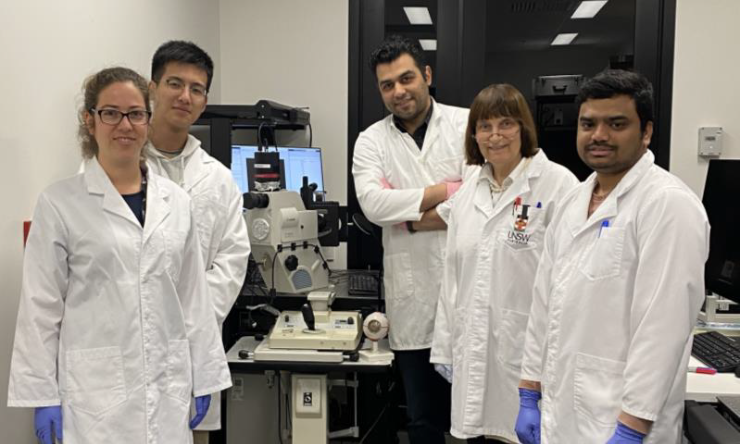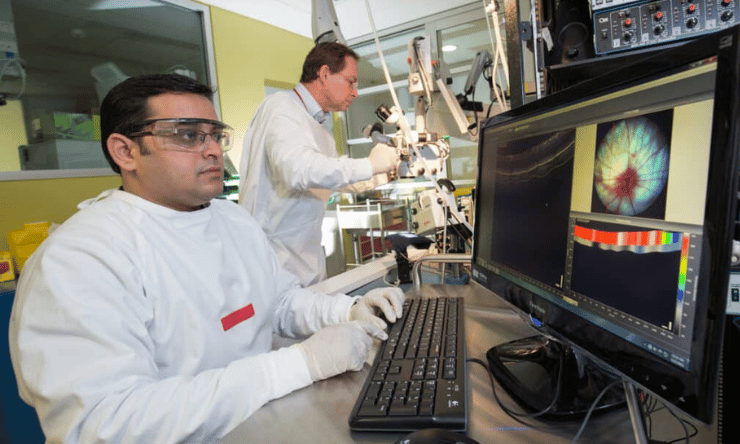
People of African ancestry are five times as likely as others to develop glaucoma and up to 15 times as likely to be blinded by the condition, but most research has used data from people of European ancestry.

Researchers from the Indiana University School of Medicine hope to develop new glaucoma therapies by testing human neurons and a regenerative therapy to rescue dying visual neurons. They’ve received a new five year, US$2 million grant from the National Eye Institute for the project.

We are inviting individuals who have accessed eyecare services previously to participate in a focus group discussion so that we can better understand what good eye care means to the patient.

In a world first, ophthalmology experts at Flinders University will determine the effectiveness and suitability of using SLT as an early intervention to prevent the onset of visual loss from glaucoma.

Researchers have developed a gene therapy that has lowered intraocular pressure (IOP) in animal models, suggesting that glaucoma can be readily treated with gene therapy–based methods, paving the way for deployment in clinical trials.

Glaucoma detection and monitoring have reached new horizons with the pioneering application of hyperspectral imaging of cellular autofluorescence.

Macquarie University ophthalmology researchers have discovered a link between the protein neuroserpin and glaucoma and developed a technique for a gene therapy that could help treat the world’s leading cause of irreversible blindness.

More than 5,000 Australians have already volunteered to take part in the QIMR Berghofer Genetics of Glaucoma study, but the researchers are appealing for more participants.

Researchers have identified a therapeutic target that could lead to more effective treatment of glaucoma.
